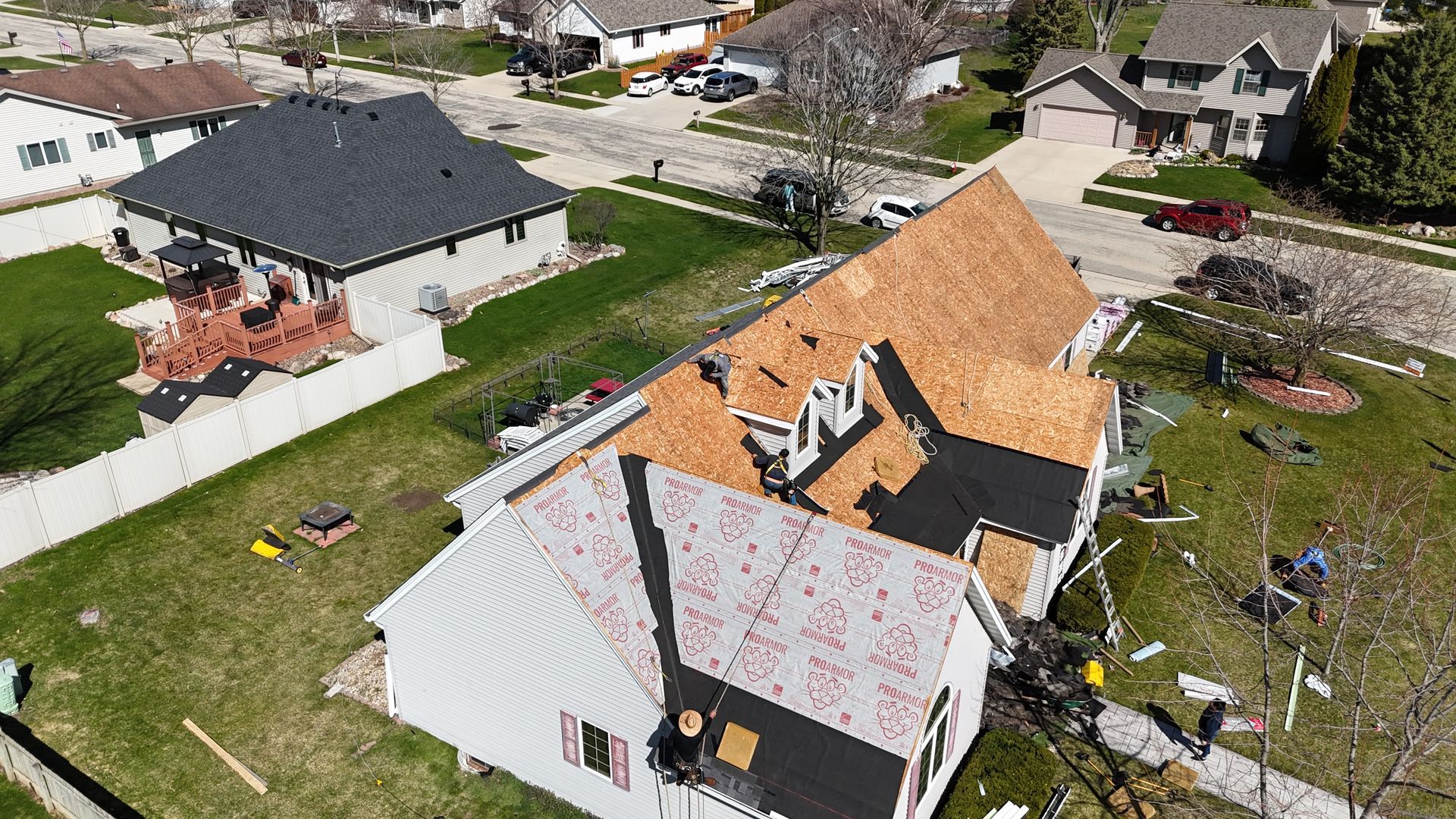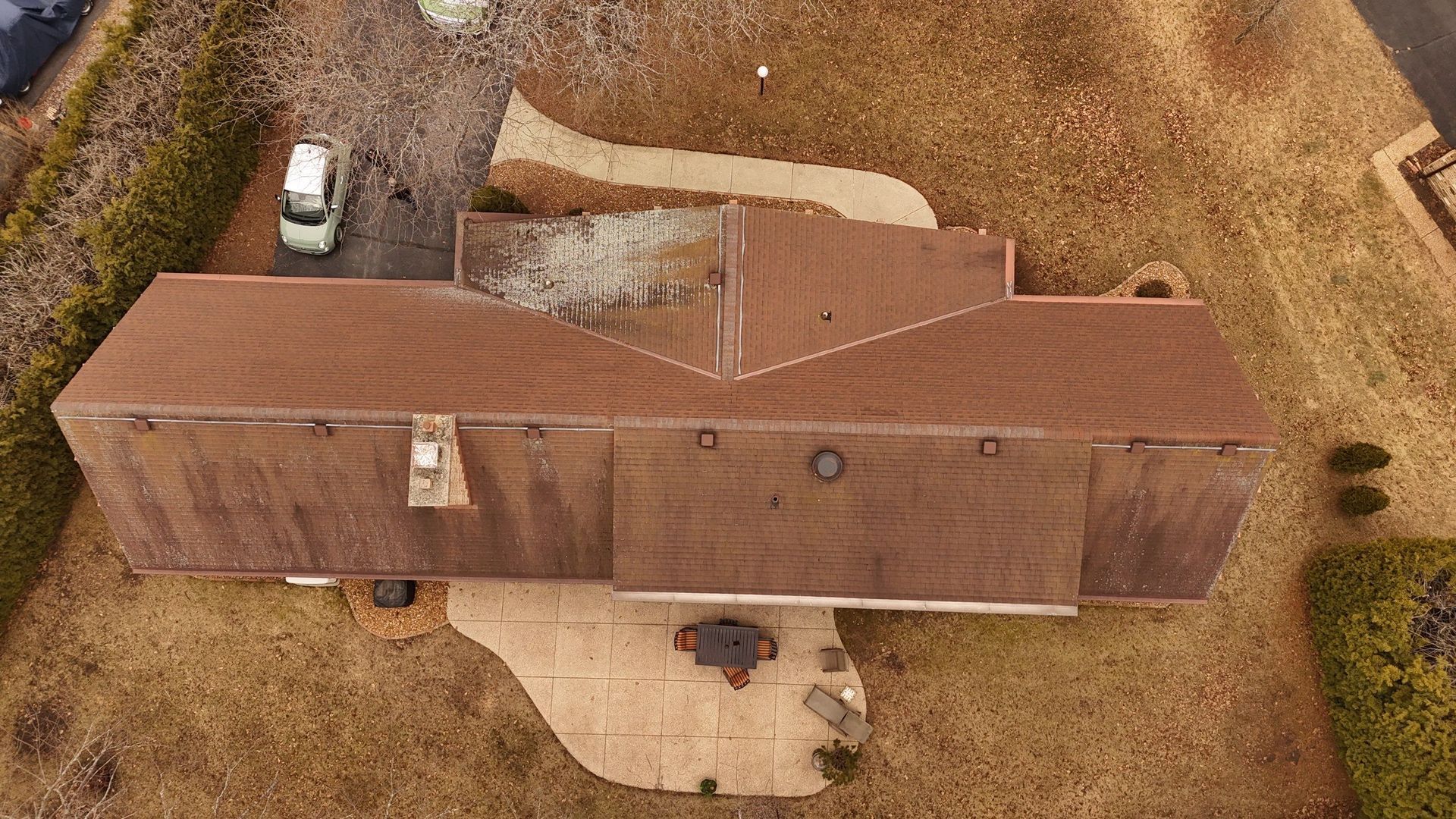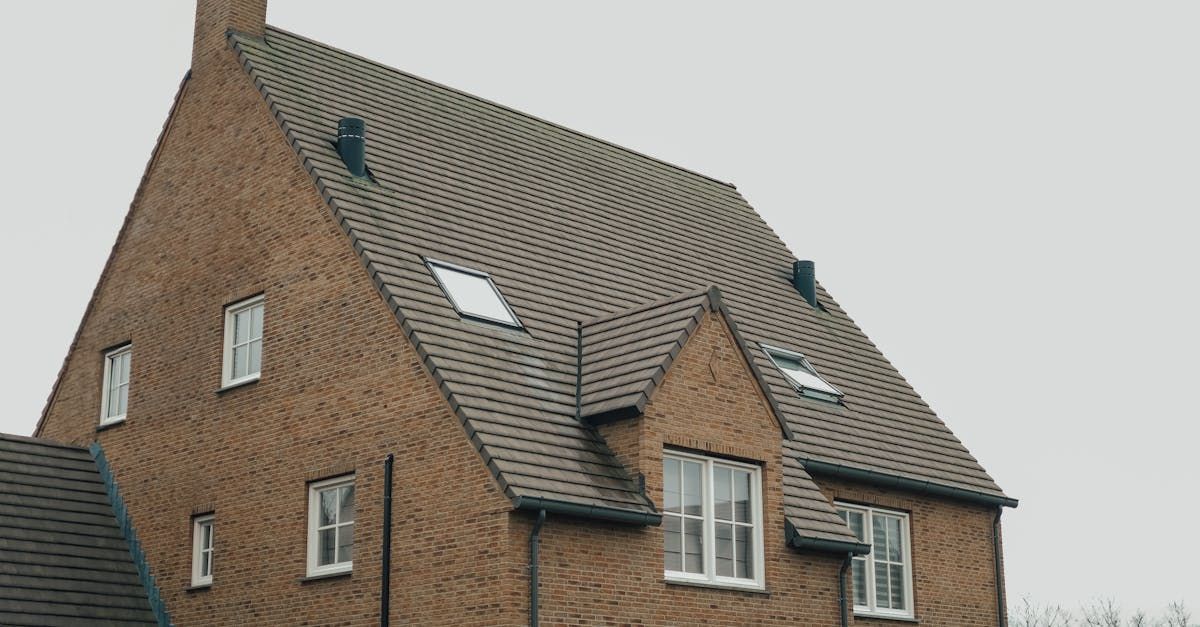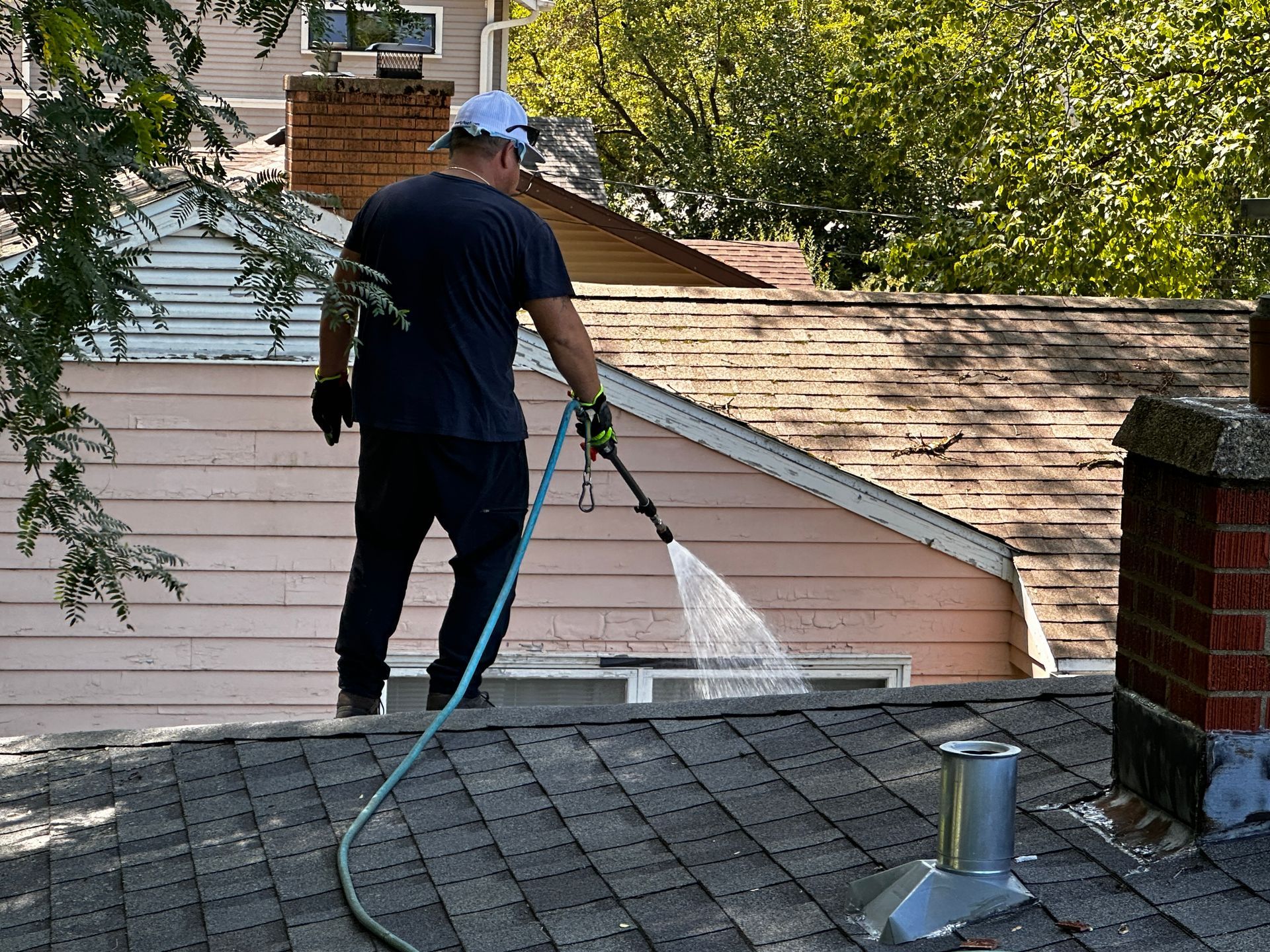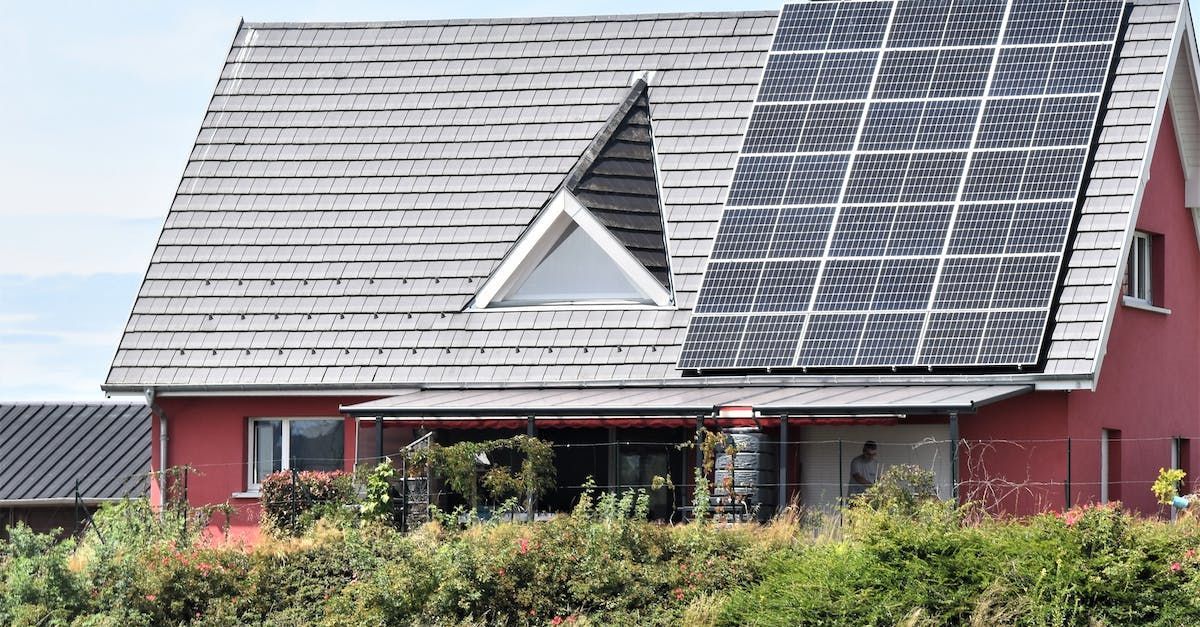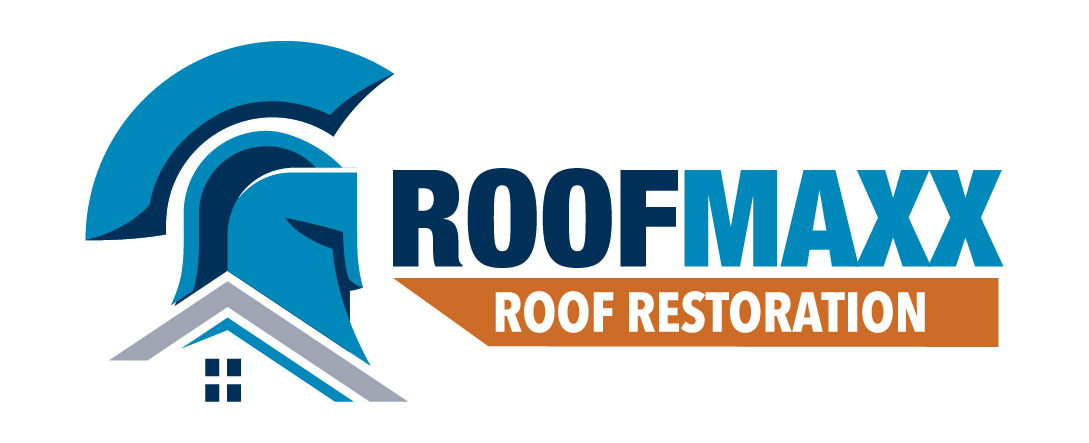Comparing Synthetic vs Felt Underlayment
SYNTHETIC VS. FELT ROOFING UNDERLAYMENT: EXPLORING THE PROS & CONS
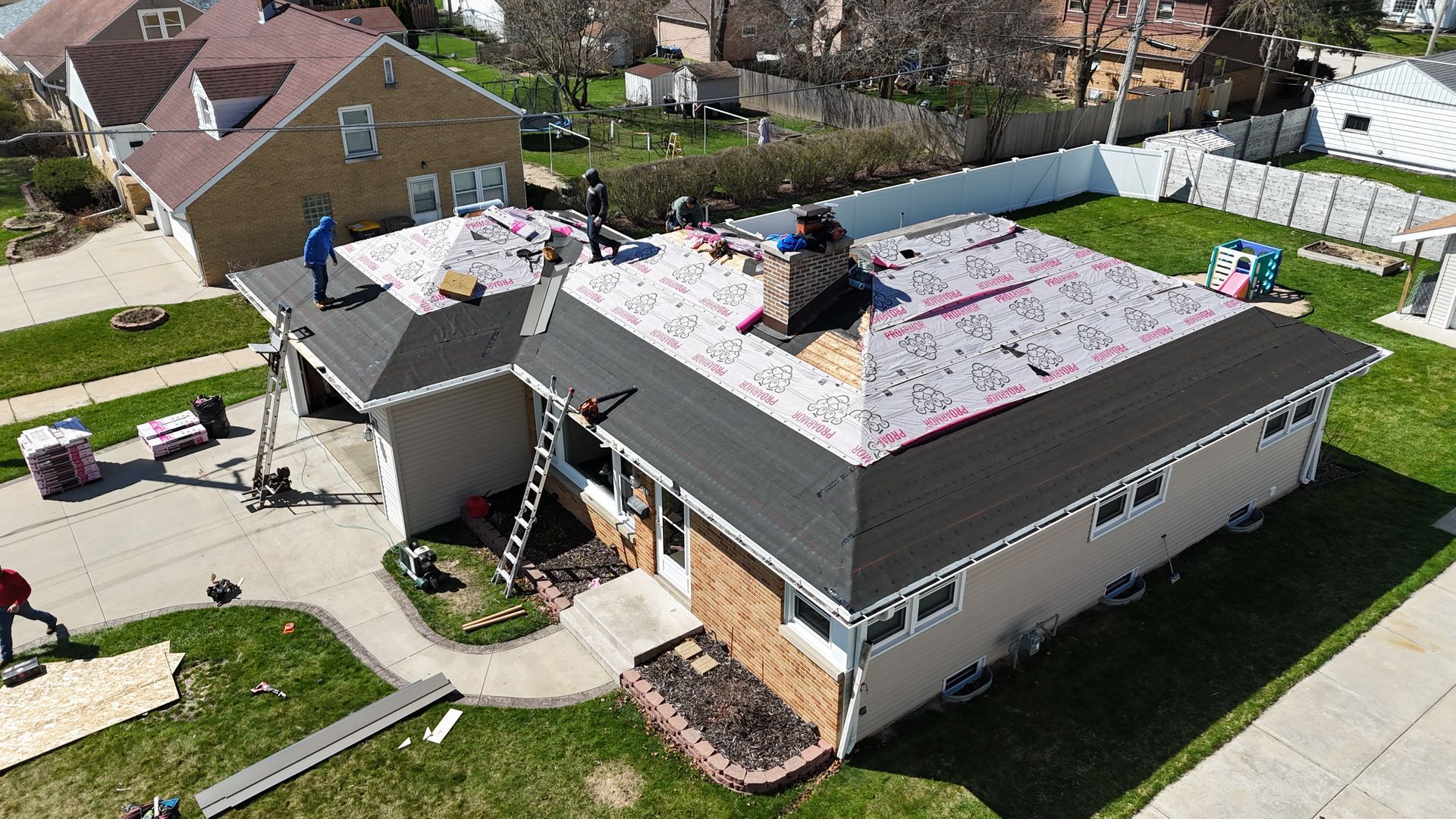
Roofs are more than just shingles or metal covering; they have an essential layer of protection beneath them that many might overlook.
This layer is known as roofing underlayment, and it plays a crucial role in shielding your home from moisture damage. Let's delve deeper into this vital component of your roof's structure.
WHAT IS ROOFING UNDERLAYMENT?
Roofing underlayment is the layer between the shingles and the roof sheathing, which is typically plywood or OSB.
Installed directly on the roof deck, it provides a secondary shield against the elements, including rain, snow, and wind.
TYPES OF ROOFING UNDERLAYMENT
There are two main types of roofing underlayment:
- Felt
- Synthetic
Each type has its pros and cons, and your choice may depend on factors like your geographical location, roofing materials used, roof design, budget, and recommendations from your roofing contractor.
FELT ROOFING UNDERLAYMENT
Felt roofing underlayment is one of the oldest types, made by saturating paper or fiberglass mat with asphalt.
It usually comes in two types: No.15 felt and No. 30 felt. The latter is thicker, stronger, and less prone to tearing during installation or weather events.
PROS
- Cost-effective: Felt underlayment is usually cheaper than synthetic, making it a popular choice for budget-conscious homeowners.
CONS
- Limited exposure time: Felt can't be exposed for long periods as it may dry out or lose effectiveness.
- Prone to tearing: Especially in high winds or during installation.
- Moisture absorption: If exposed to moisture, it can wrinkle and affect shingle installation.
- Heavy and slippery: Difficult to handle and install.
SYNTHETIC ROOFING UNDERLAYMENT
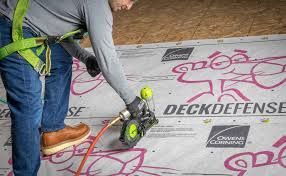
Synthetic underlayment offers enhanced water resistance and durability. Made from long-lasting polymers, it provides added strength and longevity.
PROS
- Tough and durable: With high tear strength, it withstands various weather conditions.
- Fast installation: Lighter and comes in wider rolls, reducing installation time.
- Safety: Slip-resistant and well-marked for accurate installation.
- Moisture-resistant: Doesn't absorb water, reducing the risk of mold growth.
CONS
- Cost: Generally more expensive upfront than felt.
CHOOSING THE RIGHT UNDERLAYMENT
When deciding on the underlayment for your roof, consider factors like durability, cost, and weather resistance.
Synthetic underlayment offers many advantages over felt and might be worth the investment to ensure your roof and home are adequately protected from moisture infiltration.
Save My Roof based out of Watertown and serving SE Wisconsin offers a Better and Best roofing package for single family homes.
Using a premium synthetic underlayment and six feet of ice and water barrier along the eaves, in valleys, sidewalls, headwalls, and around all roof penetrations.
Use this link to get a custom and instant quote in 27 seconds or less without speaking with anyone:
Roof Replacement Pics from Recent Project in Watertown
You need to replace "YOUR_FORM_SUBMIT_URL" with the actual URL where you want the form data to be submitted. Below is the JavaScript code that you can add to your page to handle the form submission and redirect the user to the "thank you" page: html Copy code >

